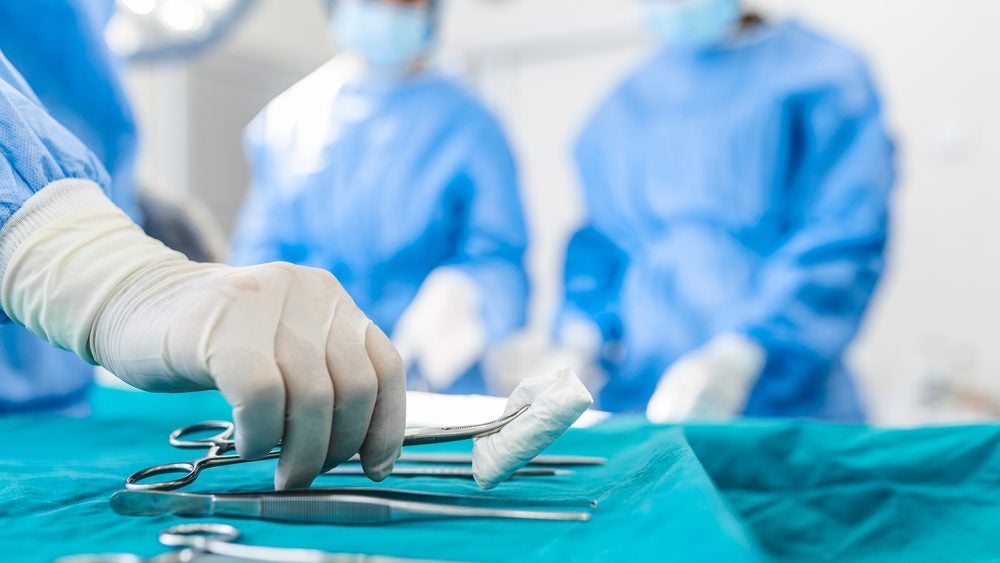Royal Philips has entered into collaboration with the University of California, Irvine, to develop new standards for breast cancer screening through a study.
The study is designed to evaluate clinical accuracy of spectral imaging technology with low radiation dose to measure breast density.
Both parties will investigate how spectral imaging can improve breast density measurement, helping clinicians to more accurately gauge breast cancer risks and monitoring changes over time.
The study will rely on the company’s MicroDose SI mammography spectral imaging technology, which is designed to address the industry’s growing concern about the lower diagnostic accuracy of mammography for high density breasts.
MicroDose SI features a spectral imaging application called Spectral Breast Density Measurement, which uses photon counting technology to simultaneously acquire spectral data of the adipose and fibroglandular tissue within a single exposure of a low dose mammogram.
Philips CEO Imaging Gene Saragnese said: "Through this study, UC Irvine and Philips are looking to set an industry standard for objectively measuring breast density.
How well do you really know your competitors?
Access the most comprehensive Company Profiles on the market, powered by GlobalData. Save hours of research. Gain competitive edge.

Thank you!
Your download email will arrive shortly
Not ready to buy yet? Download a free sample
We are confident about the unique quality of our Company Profiles. However, we want you to make the most beneficial decision for your business, so we offer a free sample that you can download by submitting the below form
By GlobalData"While this doesn’t exist today, it will be increasingly critical as we move toward further personalising breast cancer screening, and enabling patients to become more engaged in their own care.
"With the combination of our MicroDose SI technology and leading imaging experts at UC Irvine, we can determine if spectral breast imaging can help provide more definitive diagnoses, at low radiation dose, to better help patients and clinicians in the fight against breast cancer."
The study’s first phase will focus on evaluating the accuracy of the spectral breast density application by analysing 40 post-mortem breasts and comparing results with chemical analysis.
The company said the study is expected to be completed over a one to two-year long period.
Previous studies demonstrated that high breast density increases the risk of developing breast cancer, and women with dense tissue in 75% or more of the breast have four to six times increased risk of breast cancer.







